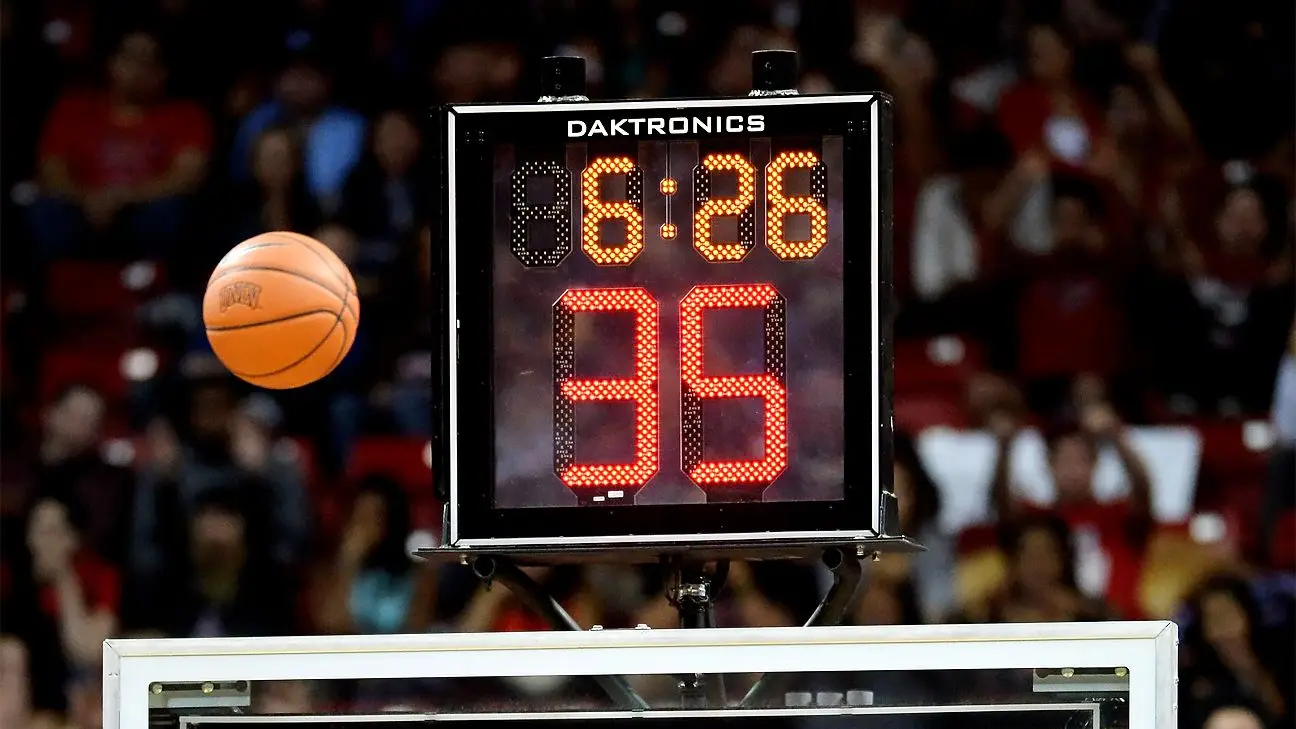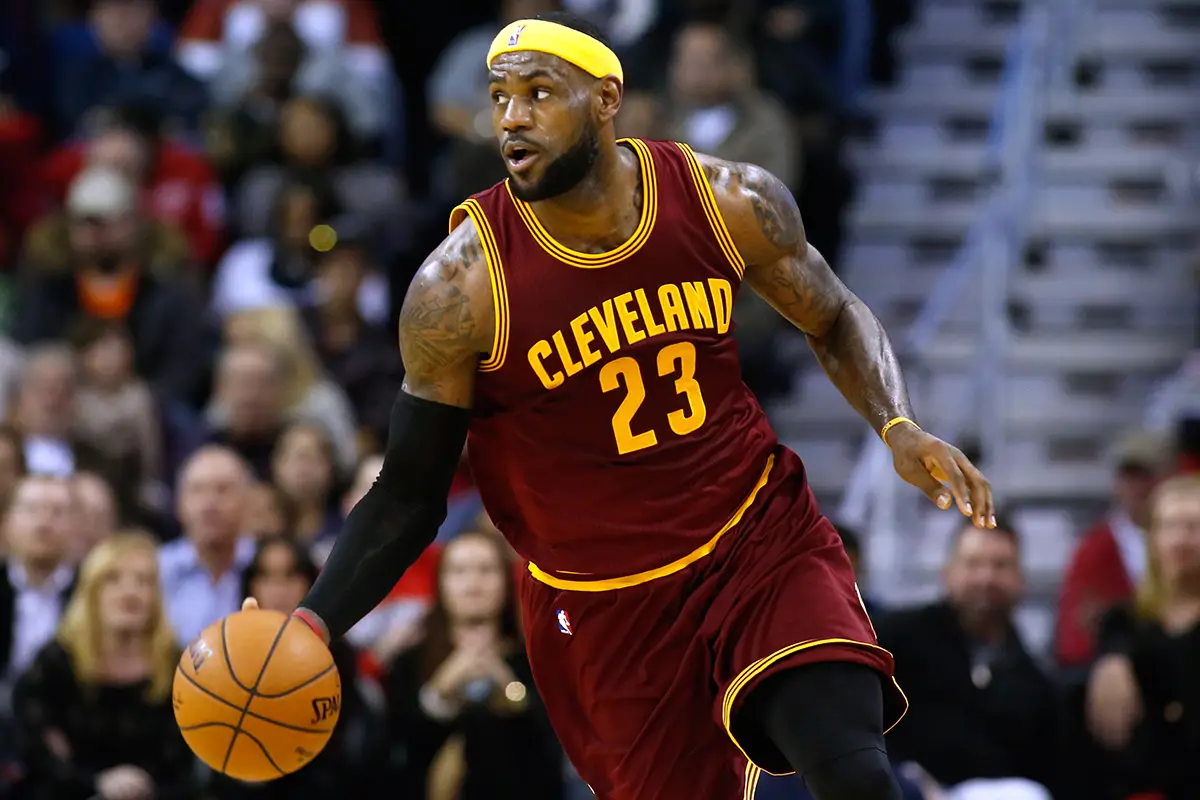Training does not require love at first sight. It requires action. Methodical work on oneself, the formula “do → feel → engage.” Getting used to physical activity is like adapting to a new taste — it’s unfamiliar at first, then becomes necessary. This is where the essence lies: to love sports means to create a strong neural connection between action and pleasure, without violence towards oneself.
Mechanism of Aversion: Why Sports Repel
Rejection arises from an incorrect starting point. Often the choice of workouts is made against the backdrop of guilt, social media pressure, or the desire to fit in. None of this gives a chance to love the process. The formula for failure is simple: lack of motivation for sports + inappropriate workout format = burnout.

The mistake is to ignore one’s own biorhythms. A study by the University of Toronto (2020) proved that morning workouts increase endurance by 27% for “larks” and decrease it by 19% for “owls.” Biological clocks dictate the rhythm of metabolism, peak activity, and even pain response. Ignoring this aspect reduces effectiveness to zero.
How to Love Workouts as a Habit
To love sports means to integrate it into the structure of habits. And habit = repetition + reward. It is important to make workouts part of the standard schedule, like brushing teeth.
Components of sustainable engagement:
- Start with a minimum. Just 7 minutes of exercise per day are enough to reduce cortisol levels and reinforce a positive association.
- Clothing as an anchor. Comfortable sportswear tailored to the type of movement (e.g., compression leggings for crossfit) increases the likelihood of working out by 43%, according to NikeLab’s report.
- Format “not by force.” The optimal option is dynamic walking for 30 minutes a day. This is a full-fledged physical activity that boosts metabolism by 19% without overexertion.
- Role of environment. Joint workouts with friends increase the chances of regularity by 2.4 times. Support enhances internal motivation.
- Digital progress tracking. Using trackers records micro-successes and activates the dopamine reward system. A person strives to replicate the result.
Implementing these elements sequentially turns a workout into an automated ritual that does not require extra effort to start. This system forms a stable emotional connection with movement and gradually eliminates resistance.
Discipline Instead of Inspiration
The erroneous approach is to wait for motivation. It is more effective to instill discipline through repeated actions. Energy follows action, not the other way around. Starting to exercise correctly means not seeking inspiration but planning. For example, a daily 20-minute schedule with a specific time and format reduces the entry barrier and activates the brain to perform the task.
The coach acts as an external driver in this process. Having a mentor increases accountability and helps adjust the workload. A study by the Harvard School of Public Health recorded a 39% increase in motivation among participants who trained with a curator.
Finding Time for Sports in a Busy Schedule
The statement “no time” is a form of self-deception. Time is not found, it is allocated. Incorporating sports into the routine requires analyzing access points — pauses during the day.
For example:
- 12 minutes during lunch break for stretching;
- 20 minutes before bedtime for home strength training;
- 15 minutes before work for active walking instead of using transportation.
This format makes physical activity a part of life without causing overload. A study by the University of Zurich showed that distributed short workouts have a similar effect to hour-long sessions in terms of VO2max and insulin sensitivity.
Long-Term Benefit: How to Love Sports Through Results
It is difficult to maintain engagement without visible changes. Therefore, it is important to track not only external progress but also functional parameters.
Results include:
- Strength improvement: pull-ups, presses, planks.
- Mood enhancement: stable serotonin levels after 4 weeks of activity.
- Reduction in anxiety: data from the Center for Behavioral Medicine (USA) showed a 28% decrease in anxiety levels after 21 days of regular exercise.
These indicators make progress tangible and measurable — this sustains motivation in the long run. When the body and mind respond with improvement, sports become a natural need. Thus, physical activity ceases to be a task and becomes an investment habit with high returns in quality of life.
Debunking Laziness: Why “Don’t Want To” Is Not a Reason
Laziness is a symptom, not a diagnosis. Often, it signals saturation, burnout, or goal incongruence. In such cases, a format adjustment is necessary. For example, switching from the gym to outdoor cardio where not only the body but also the vestibular system is engaged.
Nutrition also affects the desire for movement. Lack of protein and excess sugar suppress dopamine response. A diet tailored to workout schedules and coordinated with a dietitian stabilizes energy levels. Sustainable eating behavior maintains the urge to move effortlessly.
Effective Ways to Love Sports
There is no magic pill. But there is a system supported by behavioral research and practice. When actions are reinforced by goals, triggers, and analytics, workouts become part of daily logic, not a random attempt to start over.
Universal engagement system:
- Set a goal. Not “lose weight,” but “reduce body fat by 5% by October 1st.”
- Anchor the action. Link the workout to an anchor (e.g., coffee → warm-up).
- Choose a direction. Not just “exercise,” but “master TRX or fitness gymnastics.”
- Set a deadline. A 30-day challenge provides a clear timeframe and visible finish line.
- Include analytics. Keep a progress chart, analyze, adjust.
This approach transforms sports from an abstract task into a manageable project with specific steps and measurable results. Each element of the system eliminates chaos, replacing it with a clear strategy and a point of reference in actions.
How to Love Sports
How to instill a love for workouts is not a question of inspiration but the result of consistent choices. The approach of “engage through practice” yields a stable effect. Movement is the basis of vitality, neurogenesis, and emotional stability.

Fitness as a form of responsibility to the body initiates a holistic process. From attention to exercises to a focus on health, from tracking progress to changing mindset. Physical activity ceases to be a separate part of life; it becomes its infrastructure.
How to Love Sports: Conclusions
Workouts are not just a program point but a system of internal standards. Energy level, reaction speed, focus, hormonal balance, stress regulation — all metrics of quality life depend directly on regular exercise. To love sports means to start this cascade, begin with small steps, and allow action to change perception.
 en
en  de
de  ar
ar  es
es  hi
hi  fr
fr  nl
nl  it
it  pt
pt  el
el 










